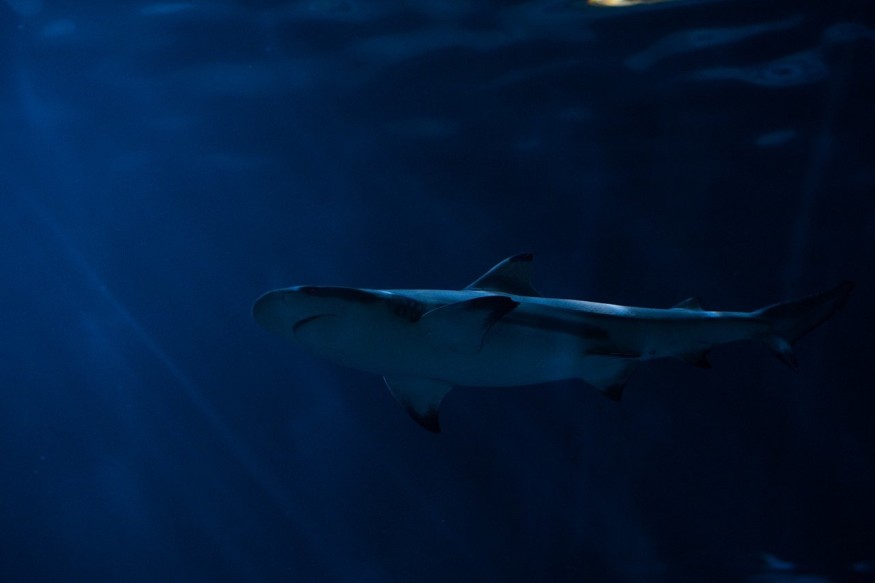Scientists found a shark fossil in New Mexico in 2013 that they initially called "Godzilla Shark" because of its spikes that resemble the famous sea monster movie franchise.
According to Associated Press, the Godzilla shark looked less than their related species and was shorter by an inch and two centimeters. Researcher John-Paul Hodnett, the one who discovered the fossil more than seven years ago, said that the fossil has great characteristics for crushing prey rather than piercing them.
Hodnett and other researchers published their study, entitled "Ctenacanthiform Sharks From the Late Pennsylvanian (Missourian) Tinajas Member of the Atrasado Formation, Central New Mexico," in a bulletin of the New Mexico Museum of Natural History & Science (NMMNHS).
The researchers were able to identify the Godzilla shark as a separate species from the sharks. They named the 6.7-foot (2 meters) ancient animal Hoffman's Dragon Shark (Dracopristis hoffmanorum), in honor of the family that owns the land in the Manzano Mountains where the fossil was unearthed.

Godzilla Shark Found Belonged to Mysterious Ancient Sharks
According to Live Science, Hoffman's dragon shark belonged to a mysterious species of ancient sharks called Ctenacanths. These species diverged from the sharks and rays 390 million years ago during the Devonian Period.
The fossils of Hoffman's dragon shark were well-preserved, which allowed paleontologists to learn more about Ctenacanths. One of the biggest differences between modern sharks and this mysterious shark is that the latter's jaws were larger and more firmly attached to its cranium which is why it is also less flexible than those of modern sharks.
But this also means that Ctenacanths have occupied a different ecological niche than modern sharks. They most likely kept themselves close to the bottom of the ancient lagoon where it lives. Its anatomy tells that its teeth are more used on grasping and crushing like crustaceans.
A press release from NMMNHS stated that the large spines at the back of the Godzilla shark may have been used as a defense against larger sharks. This theory was supported by the large shark teeth found in the area where the fossil of Hoffman's dragon shark was found.
ALSO READ : Unbelievable! Study Reveals Actual Size of Megalodon Shark, One of the Largest Fish to Ever Exist
Ctenacanthus: Early Shark From the Denovian Period
Ctenacanthus sp. is known for its fin spine and relatively small size of 50 cm. In recent years, more complete fossils of the early shark were recovered from Early Carboniferous in Scotland which suggests that the late Denovian Period shark was substantially longer, according to Devonian Times.
They have a pair of dorsal spines that has many fine rows of nodes that gives it a distinctive comb-like appearance, hence its name Ctenacanthus that means comb-spine.
But they went extinct during the mass extinction event 252 million years ago at the end of the Permian Period. However, scientists could not identify the exact reason for the shark's demise.
Researchers are hoping to find more fossils of this mysterious ancient shark in the area where they found the fossils of Hoffman's dragon shark to learn more about their traits and history.
Check out more news and information on Paleontology and Sharks in Science Times.
© 2026 ScienceTimes.com All rights reserved. Do not reproduce without permission. The window to the world of Science Times.












